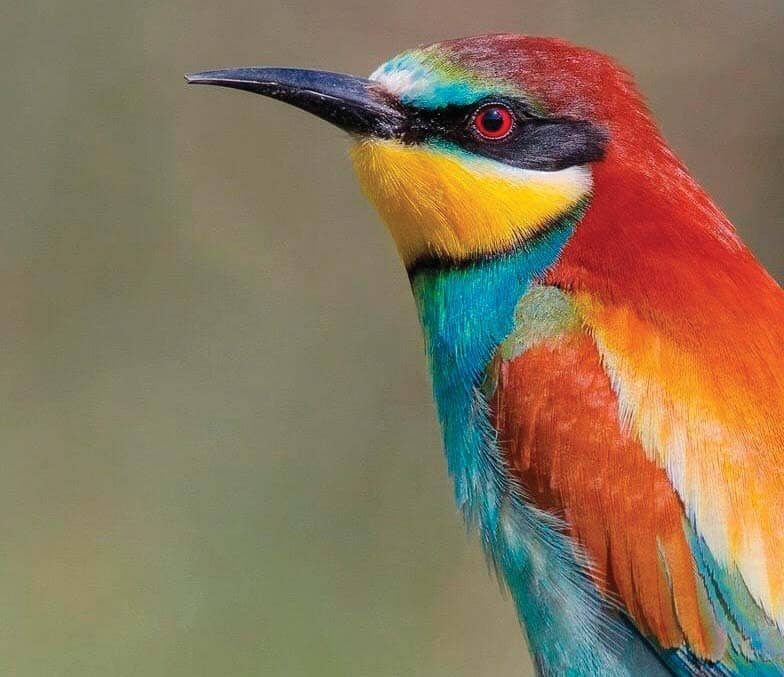
I have known Holland’s Lou Megens for some years now via the Facebook group SBBUK (Softbill Breeders United Kingdom), writes C&AB softbill contributor Gary Bralsford. Over the past three or four years, he has bred some outstanding softbills. This year has been no exception and his breeding of the European bee-eater (Merops apiaster) has to be applauded. The nest-box setup for breeding is ingenious and proved very successful.
Lou keeps a variety of European softbills, as well as some foreign species, in his impressive collection. His aviaries are well planted and of good size and variety. He has large aviaries and smaller ones for the pairs to be selected for breeding. I hope you enjoy his account of breeding the bee-eater.
Lou Megens writes: A year ago, I wrote an article for another publication about my first experience with bee-eaters, where I described the housing, feeding and attempt to breed.
Because I could not make a complete breeding wall due to personal health problems (and frankly I did not want to offer the space needed to do so), I took a decision to make horizontal nest-boxes myself, with a hole in hard sand plus cement, which was stuffed with moist red sand. The bee-eaters dug their holes and I could see them mating, but that was all. No eggs, so not a successful breeding attempt.
After thinking over the problem, I came to the conclusion that it might be a problem of too-short digging pipes (20cm/8in), or too-small nest cavity (15cm/6in square). So I used the winter period to make new horizontal nestboxes with a length of almost 100cm (3ft 3in) and a bigger inner nest cavity (20cm square). I’d noticed the previous year that the birds dug quite a narrow hole (5cm/2in), so this time I used PVC pipes with a diameter of 7cm/23/4in.
Diese Geschichte stammt aus der October 16, 2019-Ausgabe von Cage & Aviary Birds.
Starten Sie Ihre 7-tägige kostenlose Testversion von Magzter GOLD, um auf Tausende kuratierte Premium-Storys sowie über 8.000 Zeitschriften und Zeitungen zuzugreifen.
Bereits Abonnent ? Anmelden
Diese Geschichte stammt aus der October 16, 2019-Ausgabe von Cage & Aviary Birds.
Starten Sie Ihre 7-tägige kostenlose Testversion von Magzter GOLD, um auf Tausende kuratierte Premium-Storys sowie über 8.000 Zeitschriften und Zeitungen zuzugreifen.
Bereits Abonnent? Anmelden
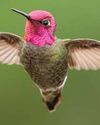
The World's Best-Known Hummingbird?
Intensively studied, the gem-like Anna’s hummingbird is a welcome visitor to the gardens of America’s most populous state: California. Bill Naylor investigates its life history
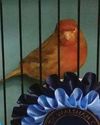
The charm of the English Cinnamon
Despite its long and complicated history, the true Cinnamon canary is still with us – in the hands of a tiny group of breeders. DONALD SKINNER-REID reckons it deserves wider appreciation
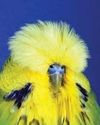
Spangles: a personal overview
FRED WRIGHT relates a budgie story of over-exploitation, consequent problems and abundant potential for the future

New converts to old breeds
Old and rare canaries have a reputation for adding fresh interest and challenge to the hobby. PETE HOOK and NICK JOY agree, and explain the birds’ charm to Dave Brown

Themed aviaries are a hit with the public at annual Stafford show
DECORATIVE AVIARY DISPLAYS from a CBS and an online bird keeping advice group were voted in the top three by visitors for the inaugural Stafford Aviary Competition.
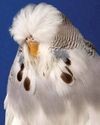
Pieds with potential
More than just a lesser variety, the dominant pied will introduce challenge and change into most studs, reckons CLIVE WAKEMAN. Here he discusses pairings to try and others to avoid

Club News
Welcome to the club and show pages – the bit that’s all about you Results: convention, specialist & rare and Breeder of the Year

Canaries Month by Month:
With Christmas around the corner, BRIAN KEENAN is well into his winter programme, and reckons he might deserve a nice outcross
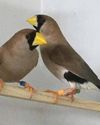
Smart Choice, Docile Nature
Dave Brown welcomes the masked grassfinch to his birdroom and shares advice on this lovely Australian species
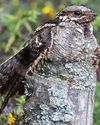
The truth about the ‘flying toad'
Odd local names and weird superstitions can’t hide the beauty and elegance of the nightjar, a species that has made a fascinating subject in a few zoo collections, reveals BILL NAYLOR